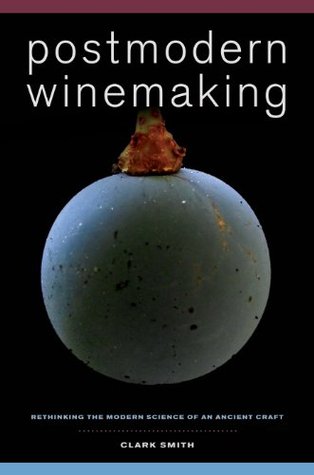“Ideal” solution behavior predicts that the concentration of a compound in solution corresponds to its aromatic intensity. But when we micro-oxygenate Merlot, its bell pepper aroma decreases without any change in its pyrazine content. Why do pyrazines, Brett characteristics, and oak components, even in very high concentrations, sometimes marry benignly in the aroma, yet in other wines stick out as annoying defects?
Welcome back. Just a moment while we sign you in to your Goodreads account.


